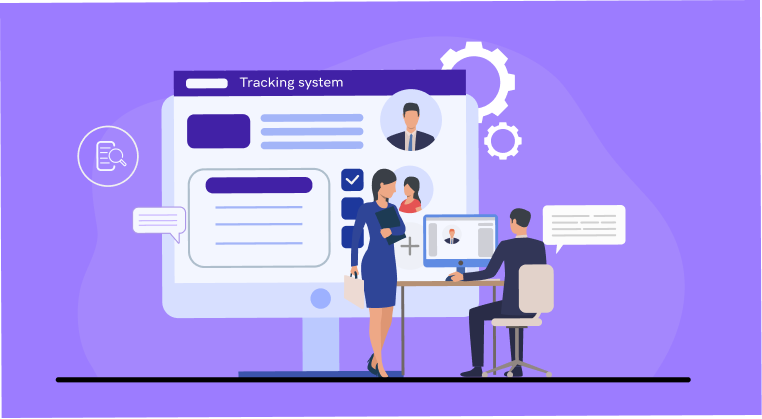The Considerations for ATS Scalability and Performance

Considerations for Applicant Tracking System (ATS) scalability and performance are crucial to ensure that the system can handle increasing volumes of users, data, and transactions as the organization grows. Here are some key considerations for ATS scalability and performance:
User Load Capacity: Evaluate the ATS platform's ability to handle concurrent users and user load spikes during peak recruitment periods. Ensure that the ATS can scale to accommodate a growing number of recruiters, hiring managers, and other users without experiencing performance degradation or downtime.
Data Volume and Storage: Consider the ATS platform's capacity to manage large volumes of candidate data, resumes, job requisitions, and other recruitment-related information. Ensure that the ATS can scale its data storage infrastructure to accommodate growing data volumes and maintain optimal performance.
Transaction Processing Speed: Assess the ATS platform's transaction processing speed, including the speed of data entry, search queries, and system responses. Ensure that the ATS can process transactions quickly and efficiently to support fast-paced recruitment workflows and meet users' expectations for responsiveness.
Scalability Architecture: Review the scalability architecture of the ATS platform, including its underlying infrastructure, database architecture, and scalability features. Look for ATS platforms that leverage scalable cloud infrastructure, distributed databases, and horizontal scaling techniques to support elastic scalability and high availability.
Load Testing and Performance Monitoring: Conduct load testing and performance monitoring to assess the ATS platform's scalability and performance under various usage scenarios. Test the system's response time, throughput, and resource utilization under different levels of user load and data volume to identify potential bottlenecks and performance limitations.
Redundancy and Failover Mechanisms: Ensure that the ATS platform implements redundancy and failover mechanisms to ensure high availability and fault tolerance. Look for ATS platforms that offer automatic failover, data replication, and disaster recovery capabilities to minimize downtime and ensure continuity of operations.
Integration Scalability: Consider the scalability of integrations between the ATS platform and other HR systems, third-party applications, and external services. Ensure that integrations can scale to handle increased data exchange and transaction volumes as the organization grows and evolves its HR ecosystem.
Vendor Support and SLAs: Evaluate the vendor's support services, service level agreements (SLAs), and escalation procedures for addressing scalability and performance issues. Ensure that the vendor provides timely support, proactive monitoring, and performance optimization services to maintain the ATS platform's scalability and performance over time.
By considering these factors and working closely with the ATS vendor to assess scalability and performance requirements, organizations can ensure that their ATS platform can scale effectively to meet growing recruitment demands and deliver optimal performance for users across the organization.
Thank you,